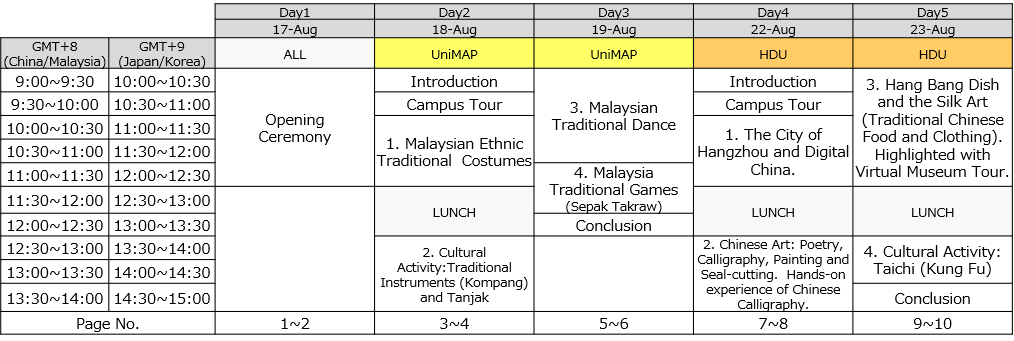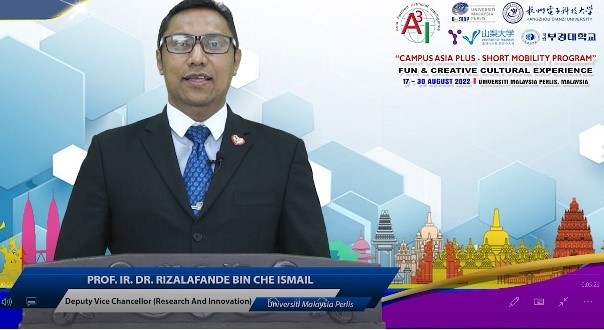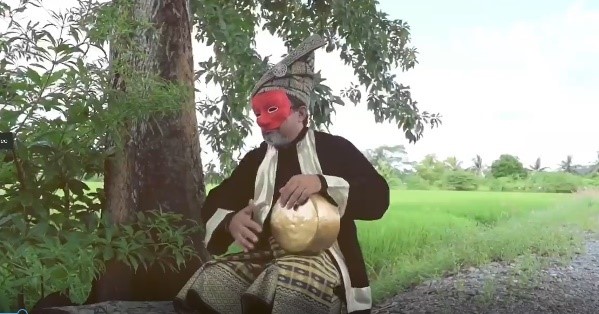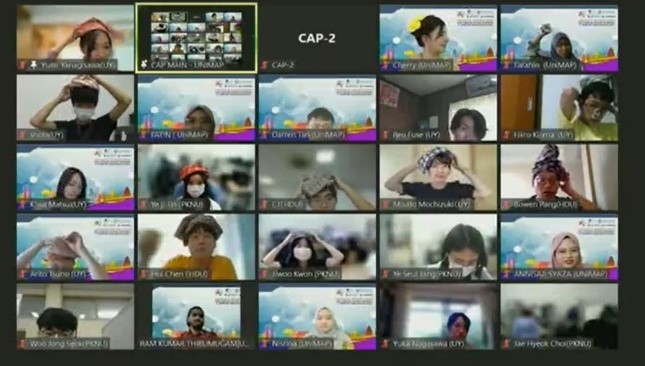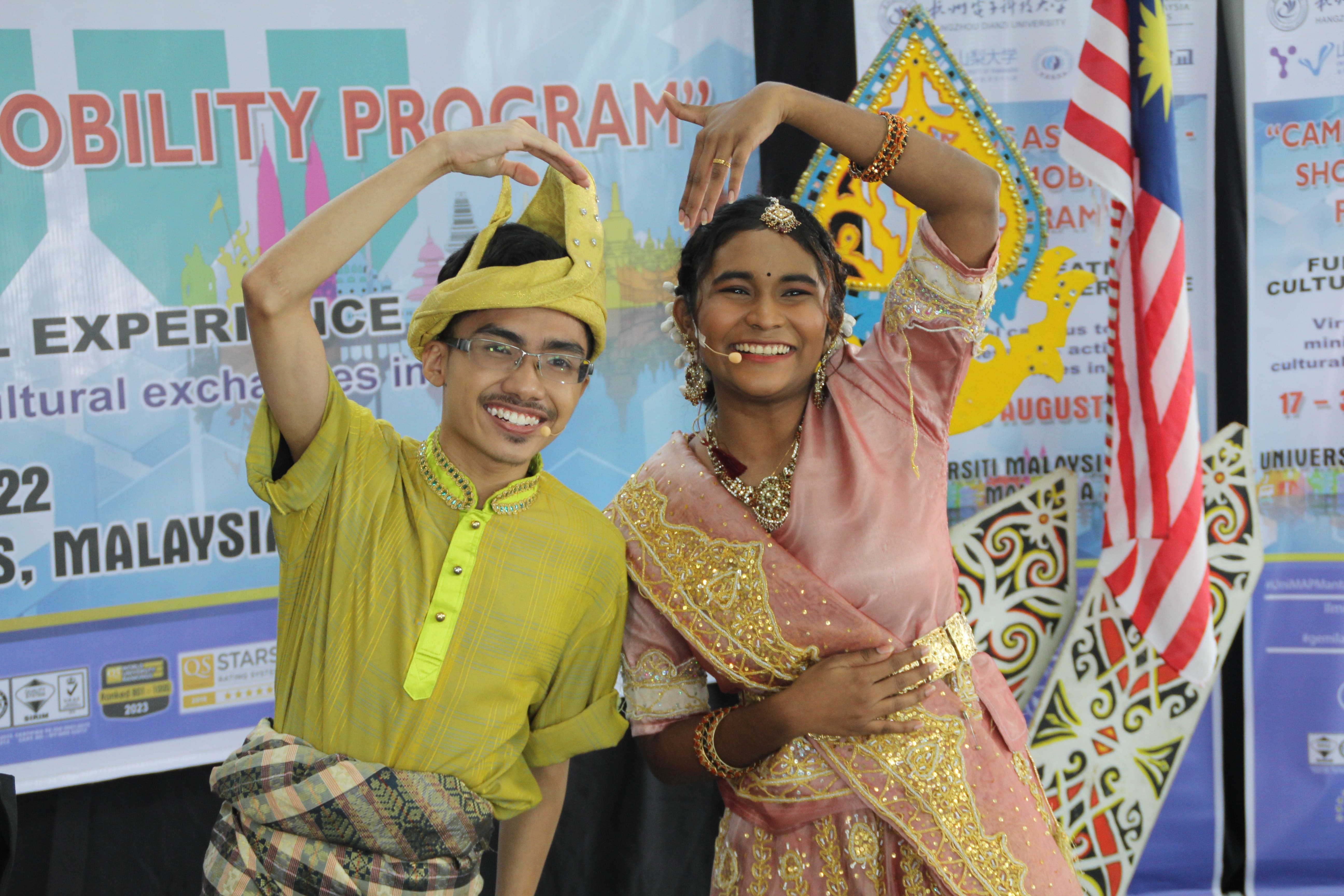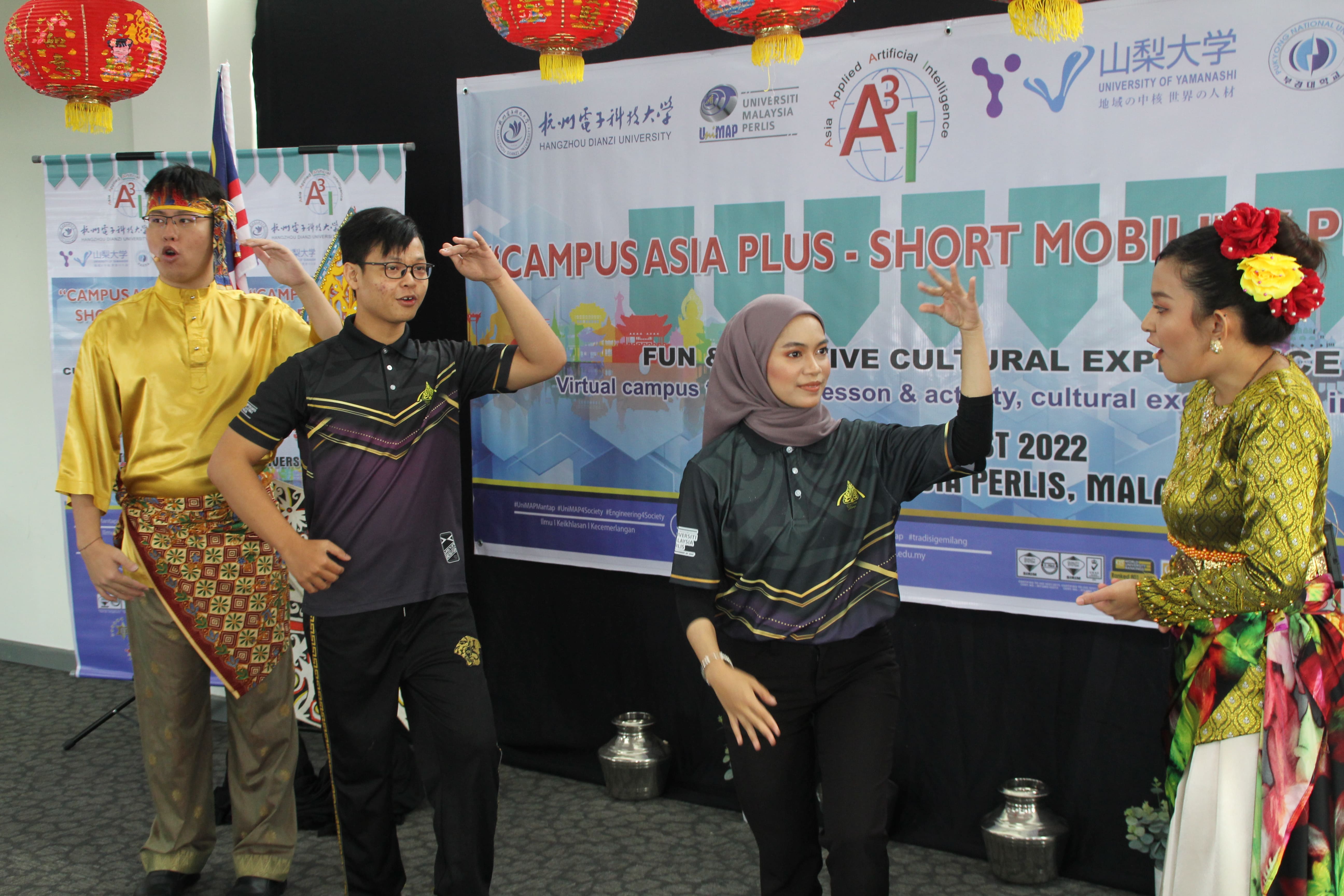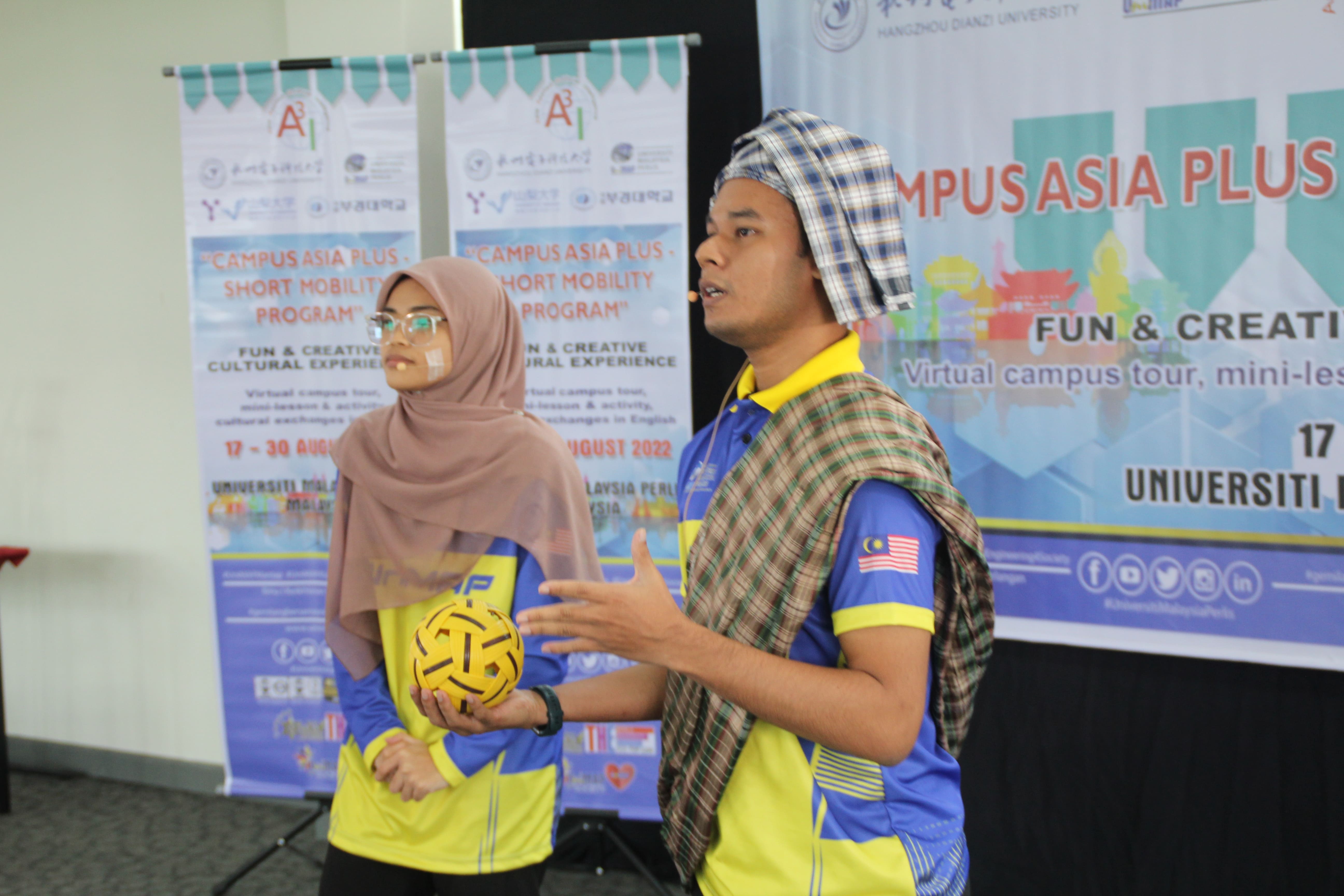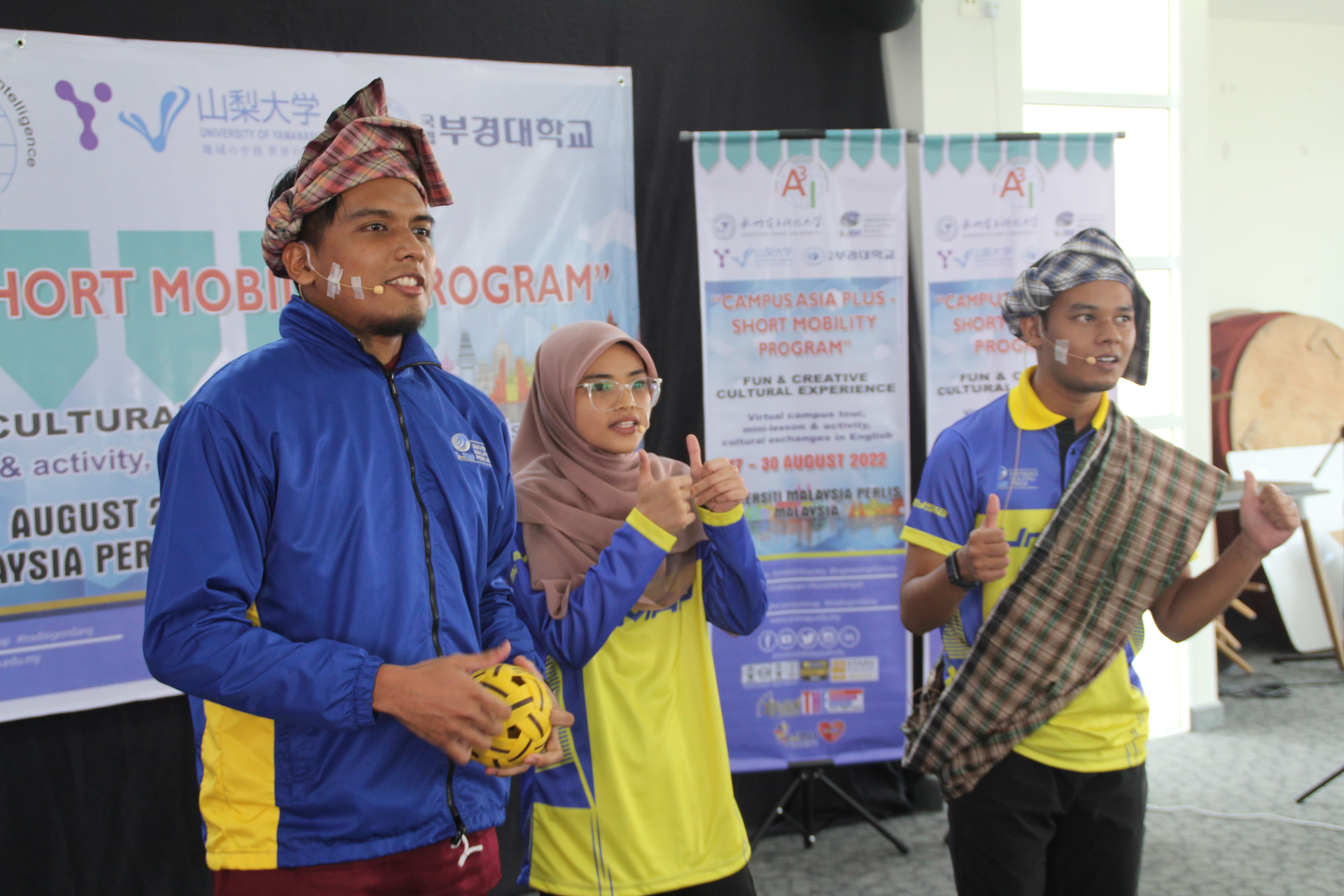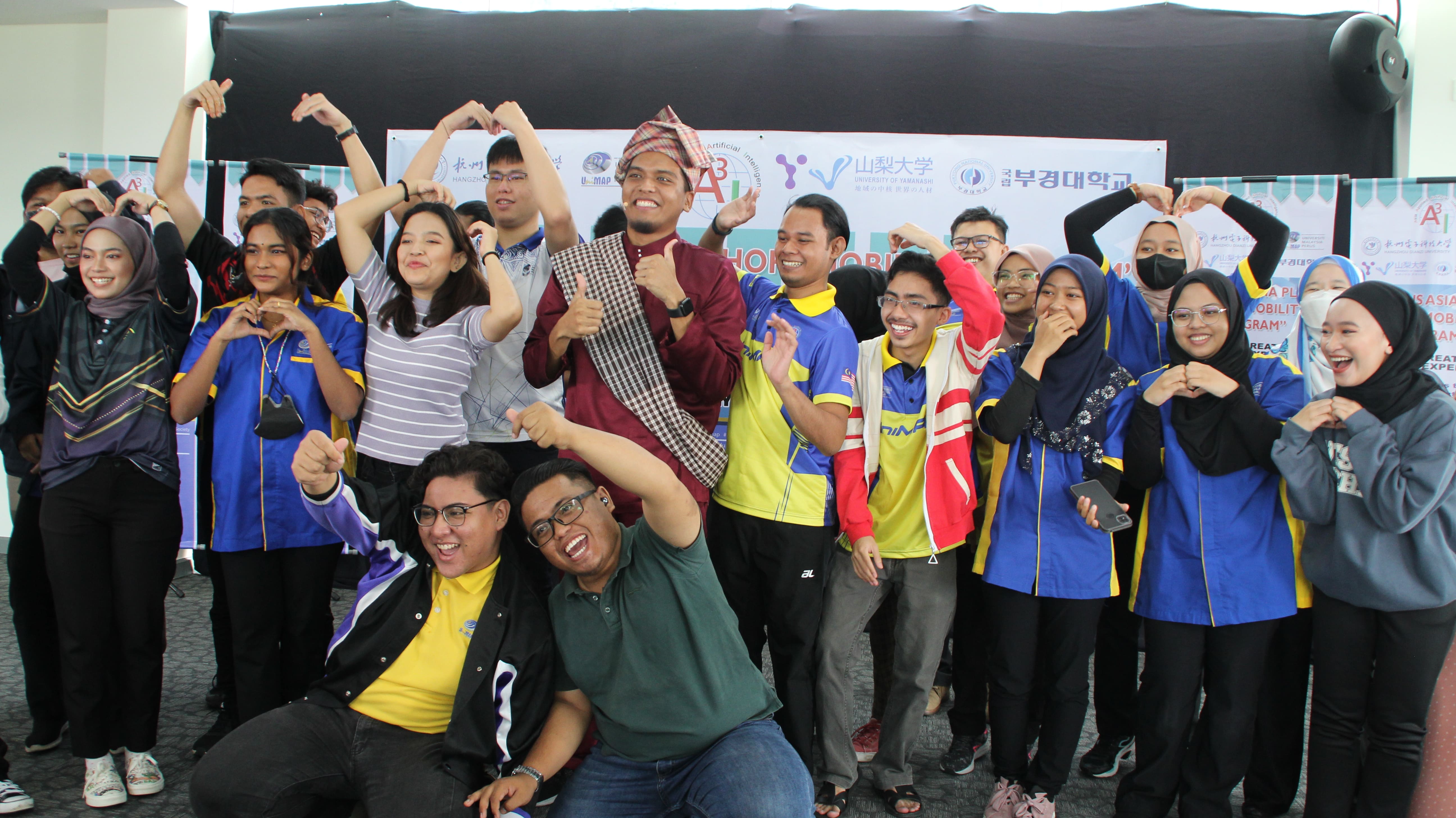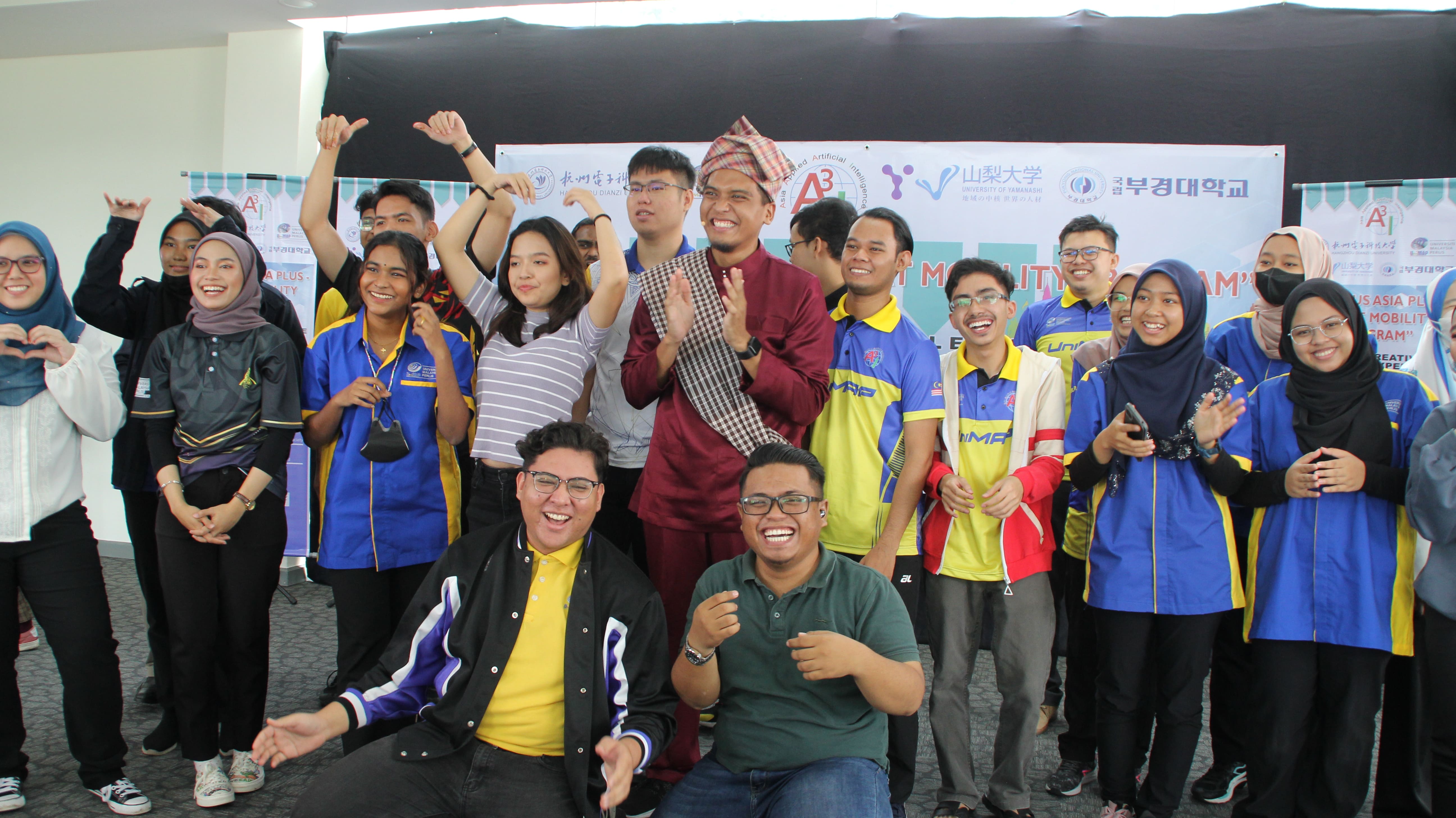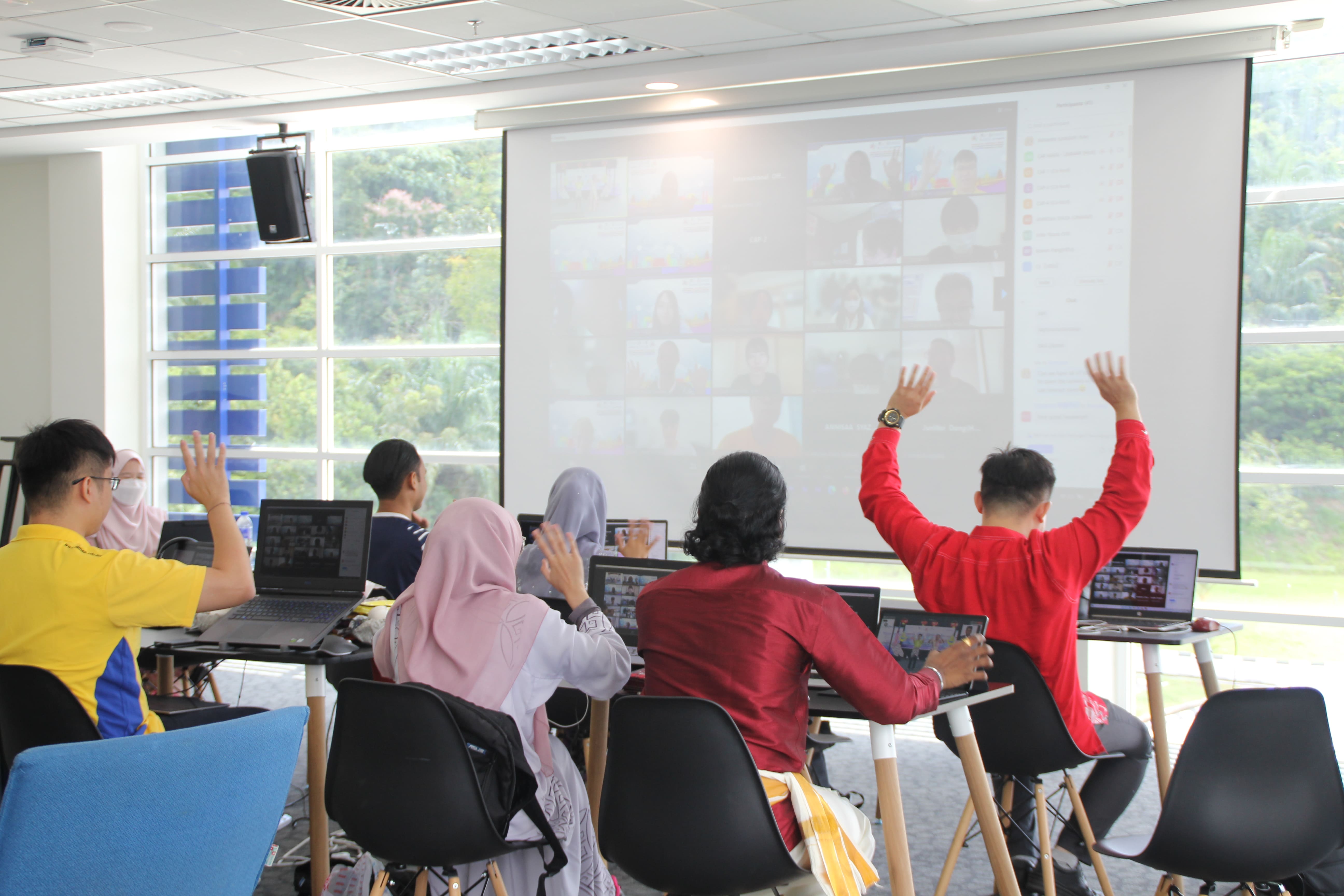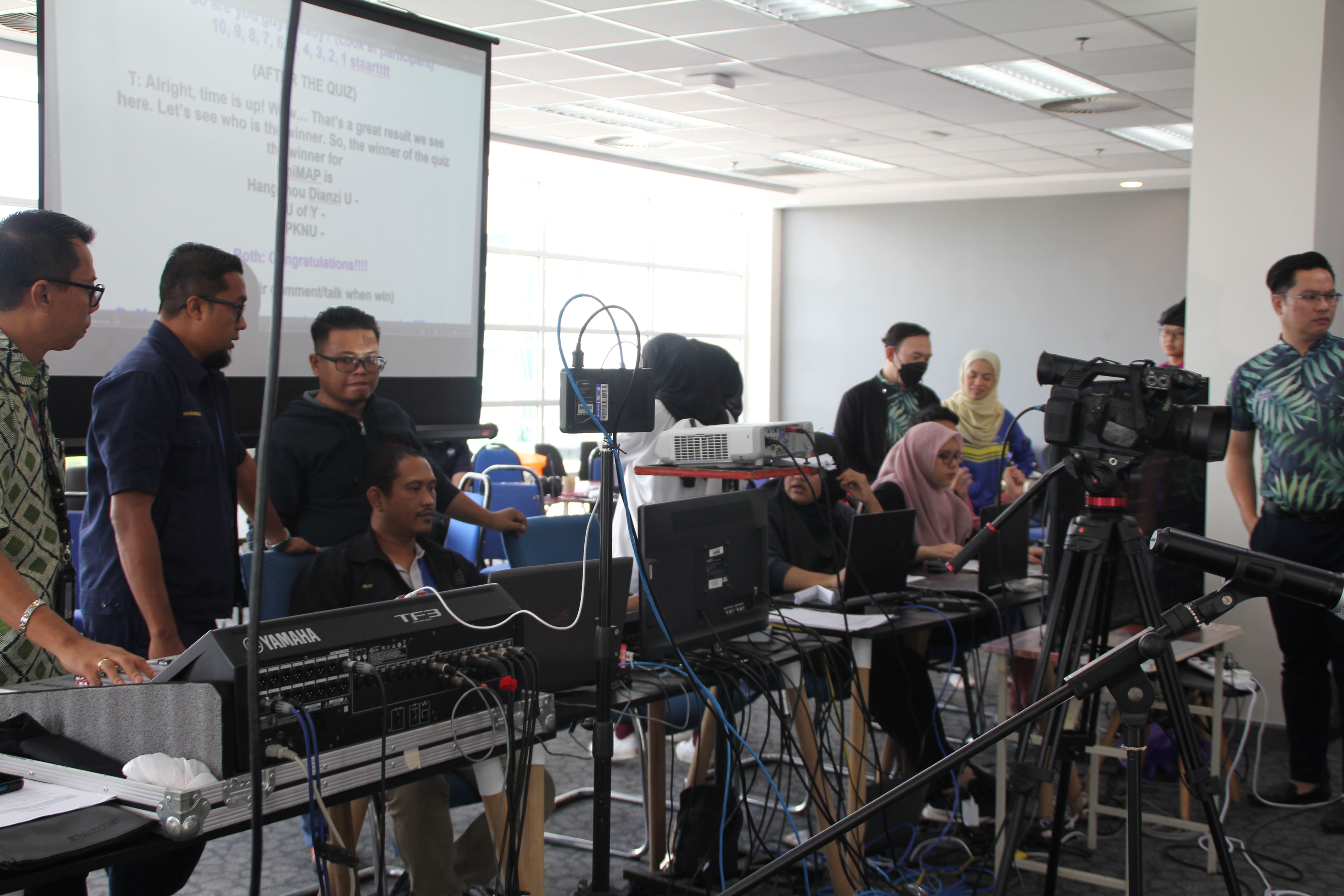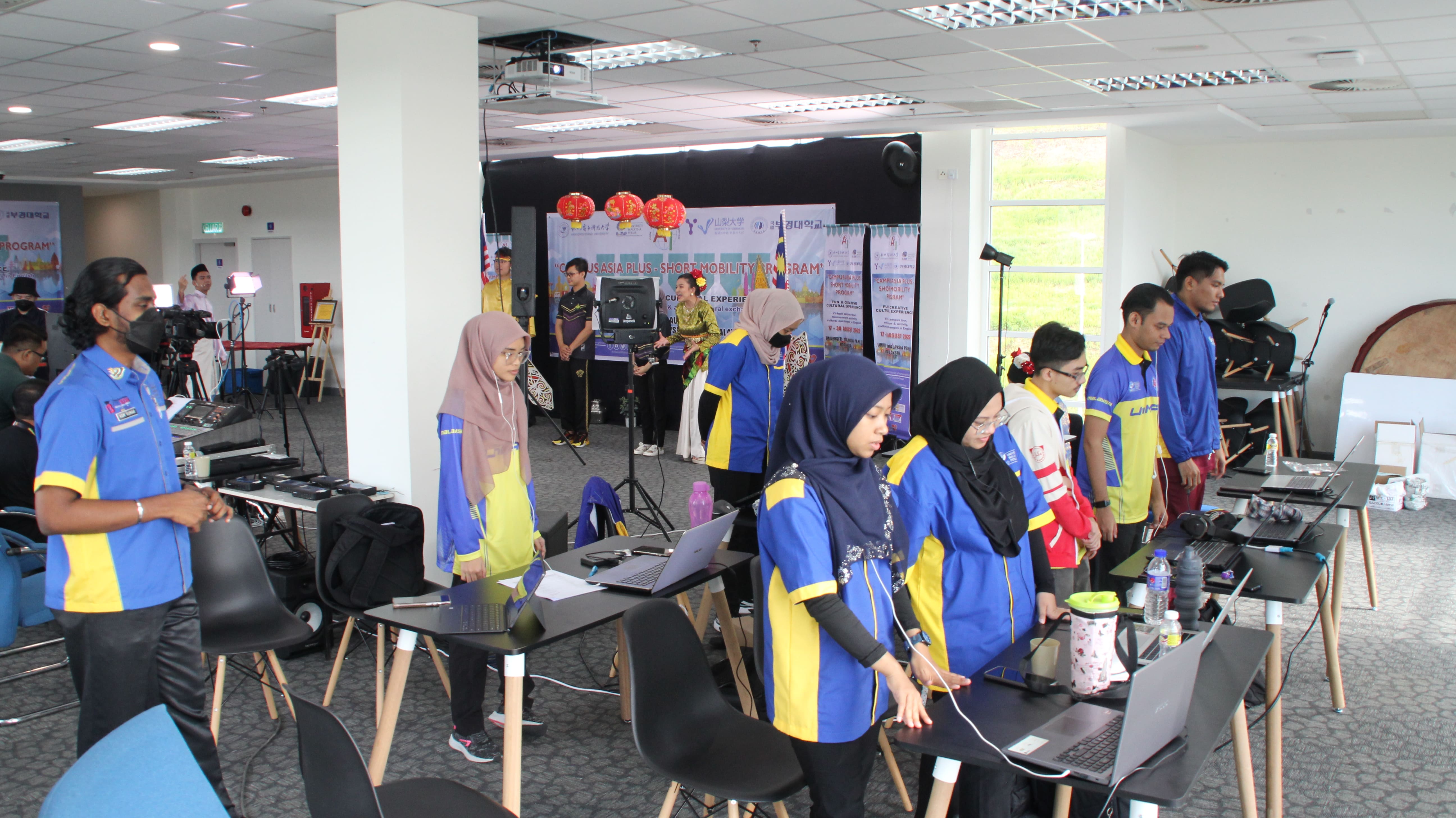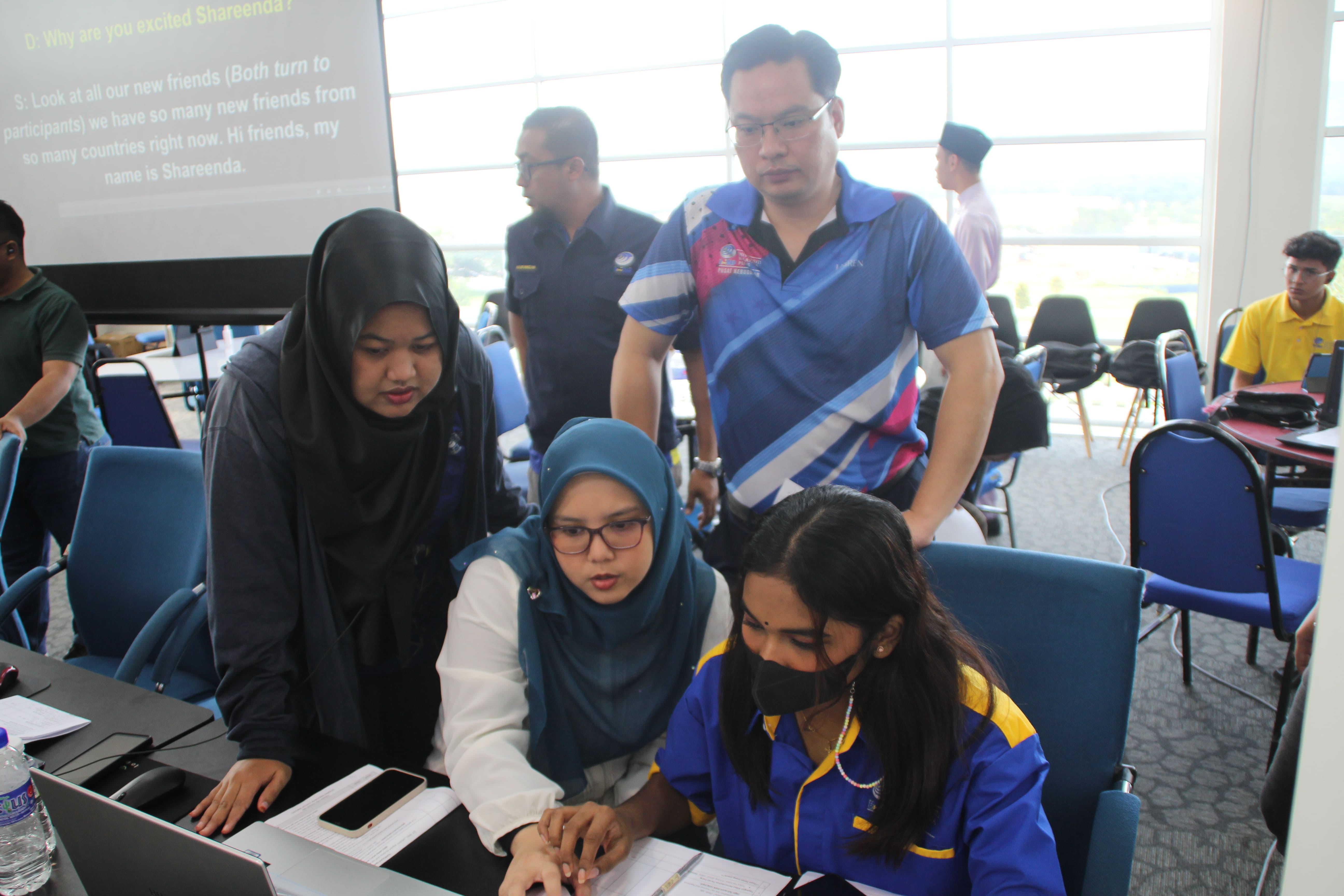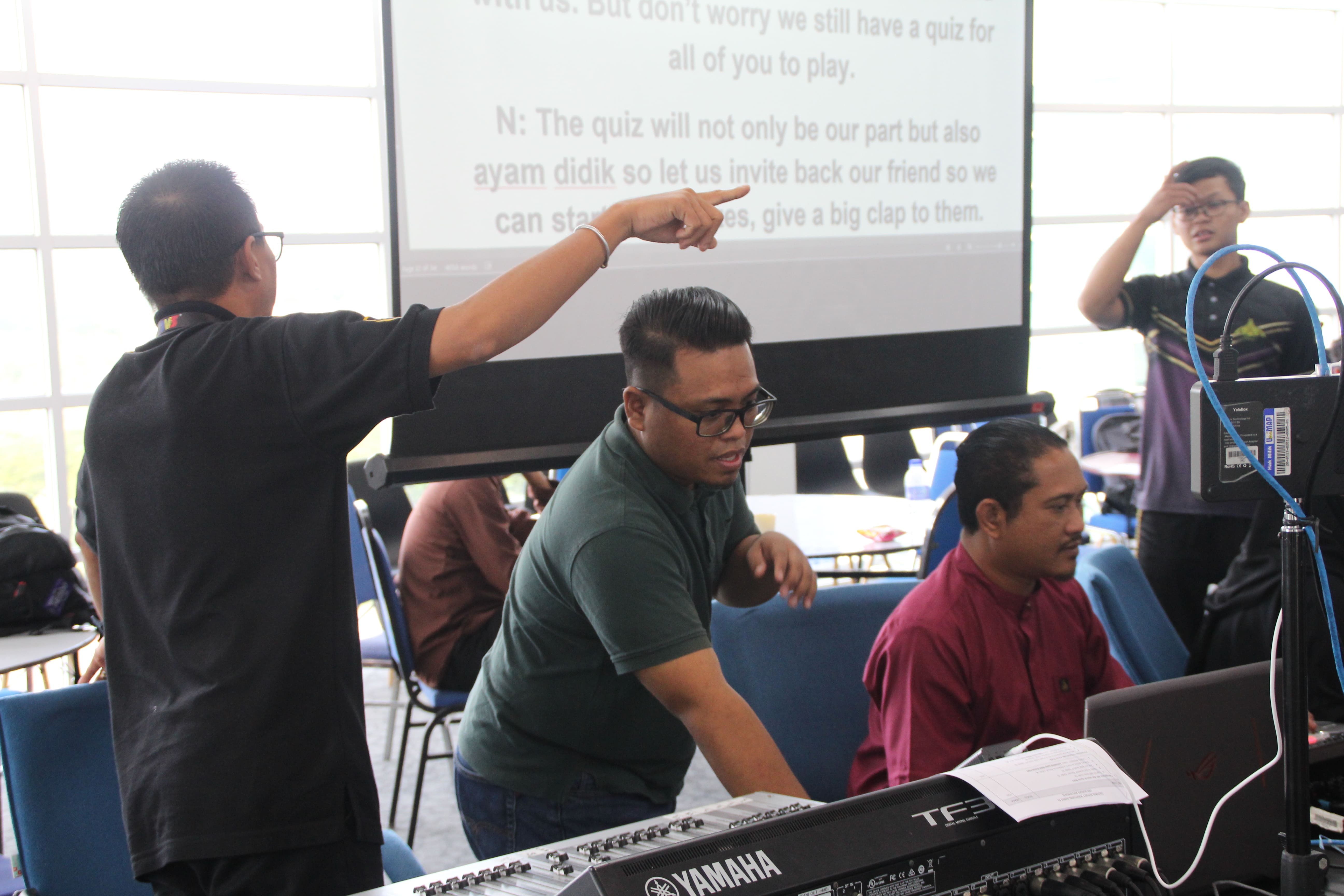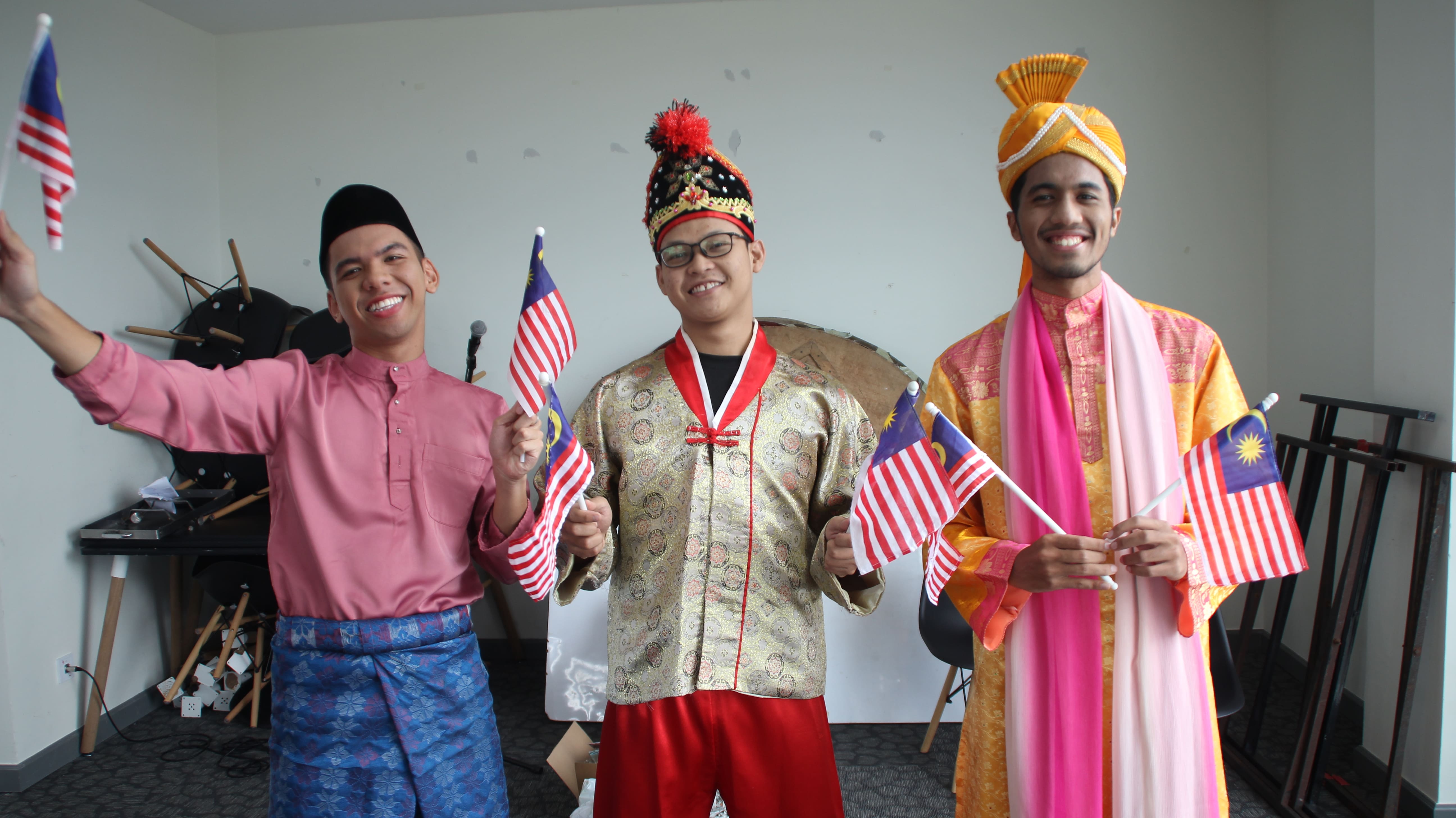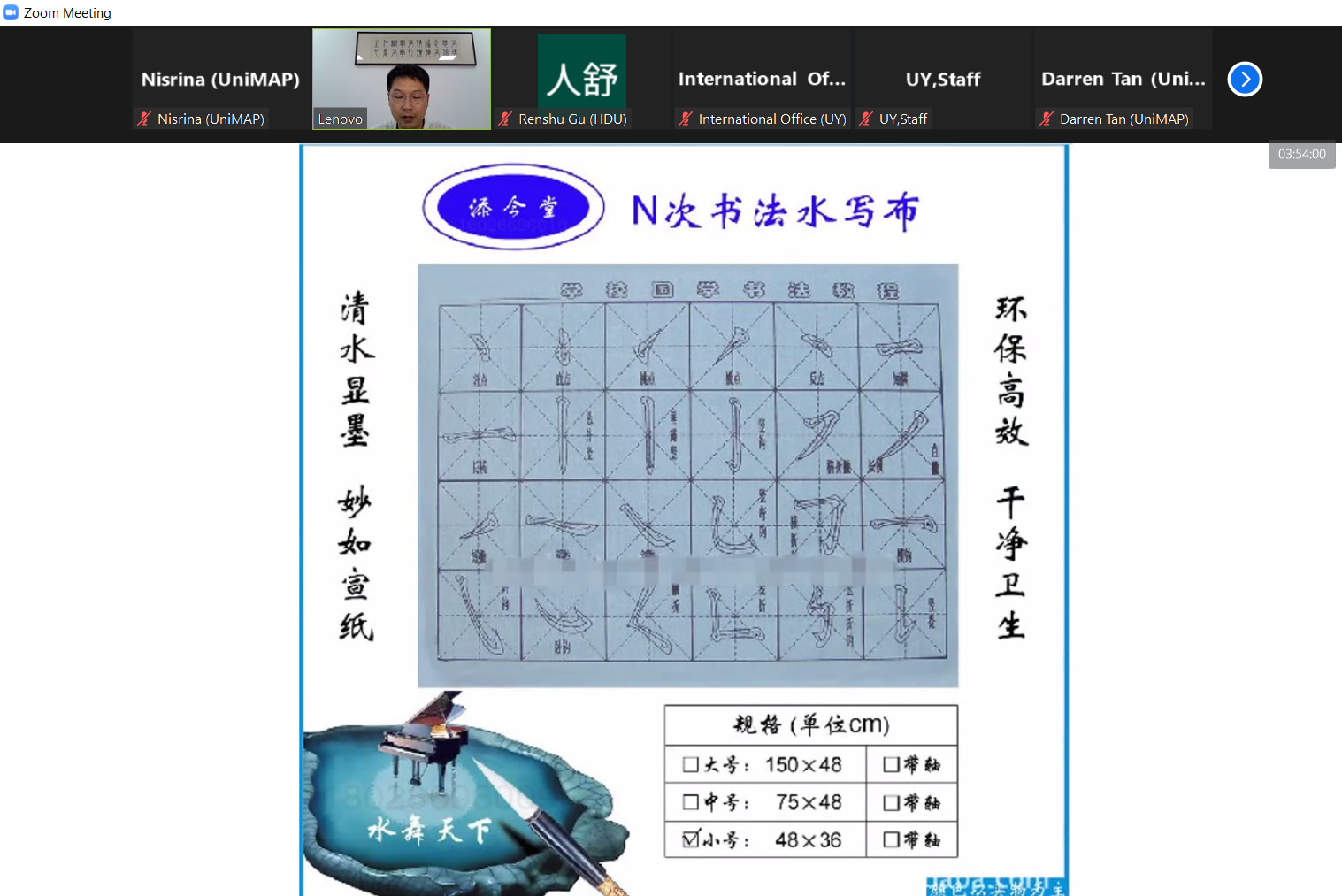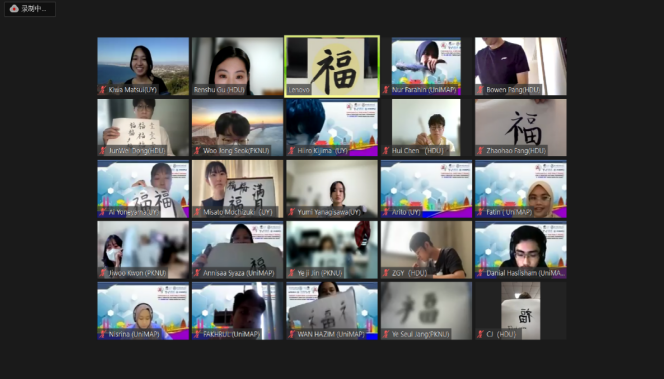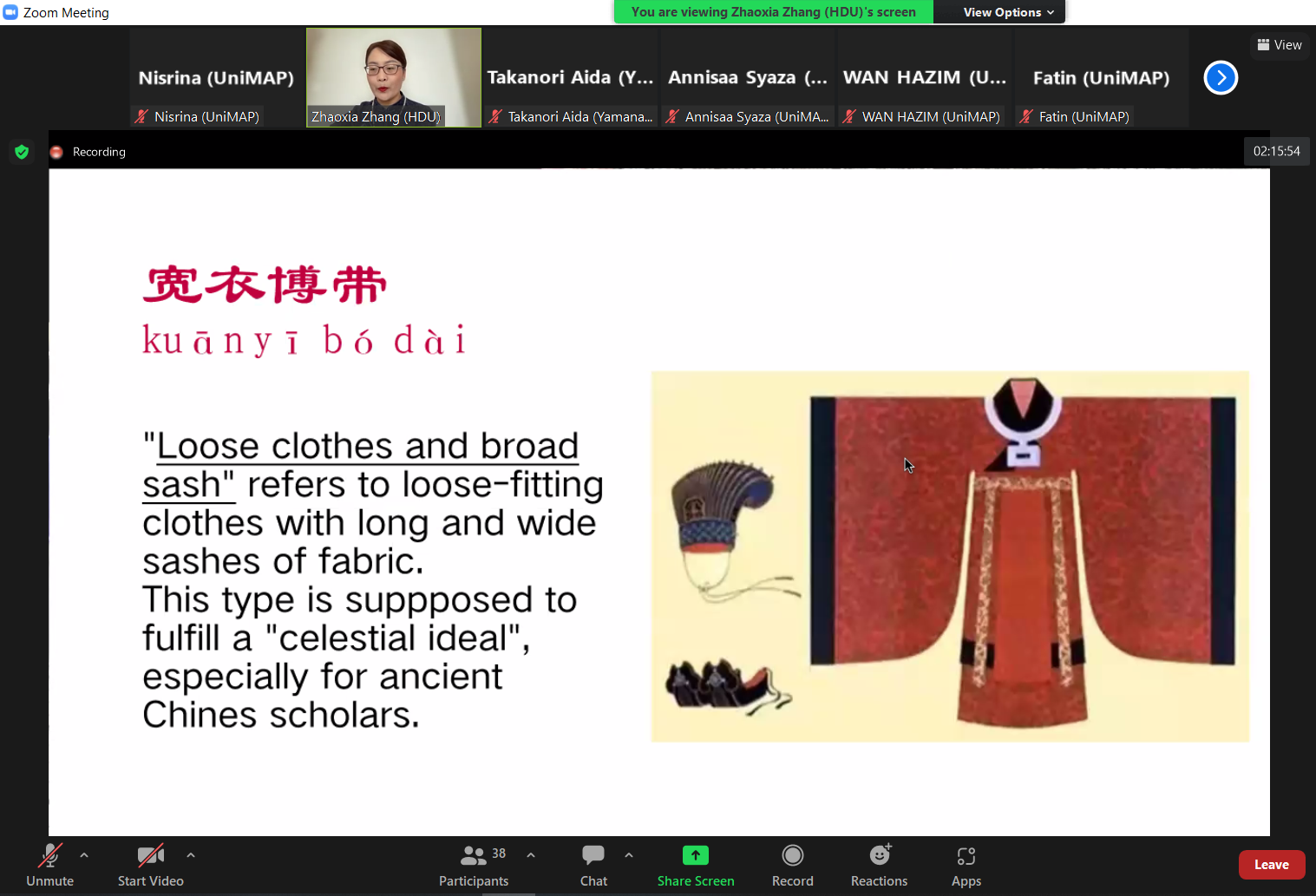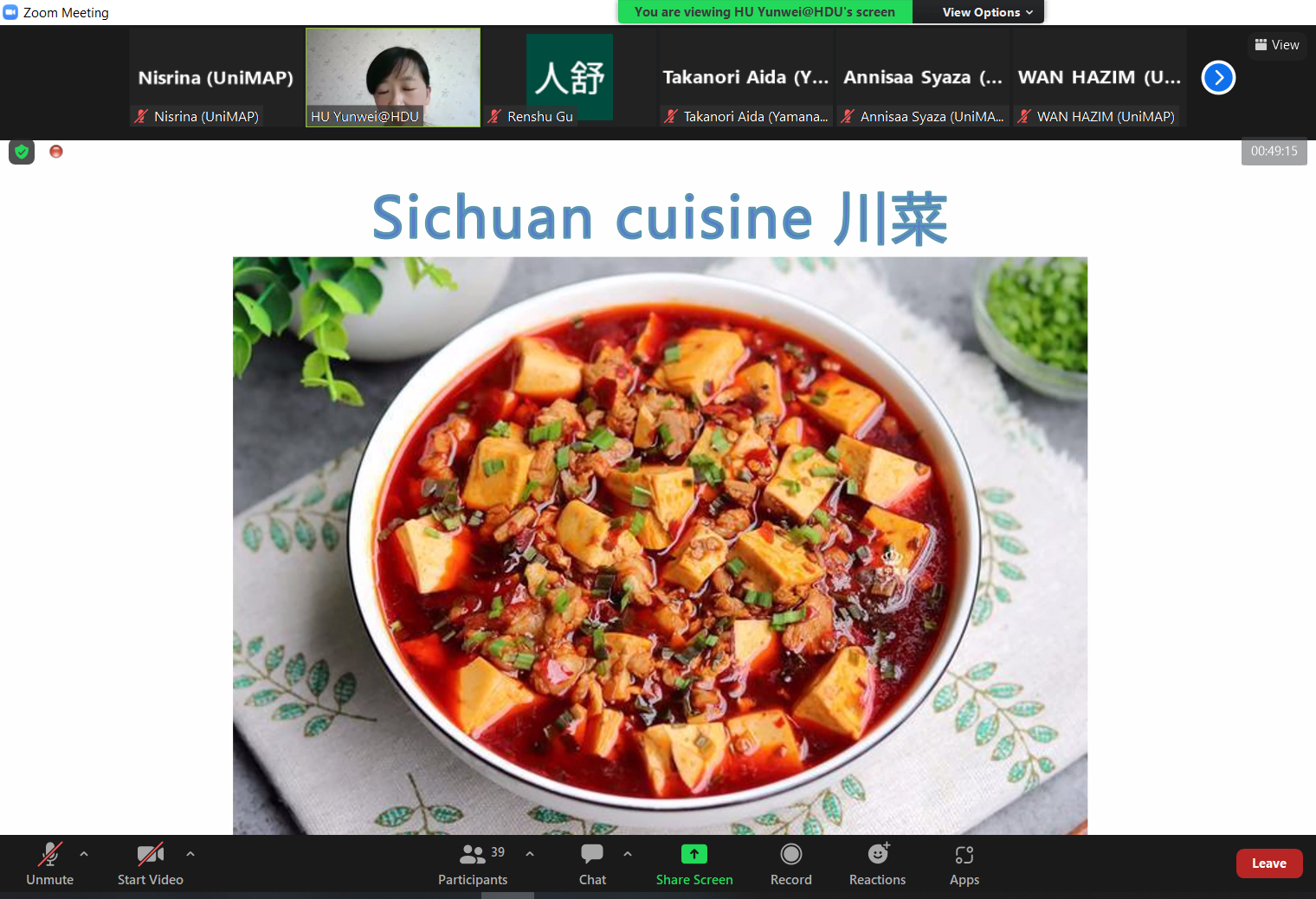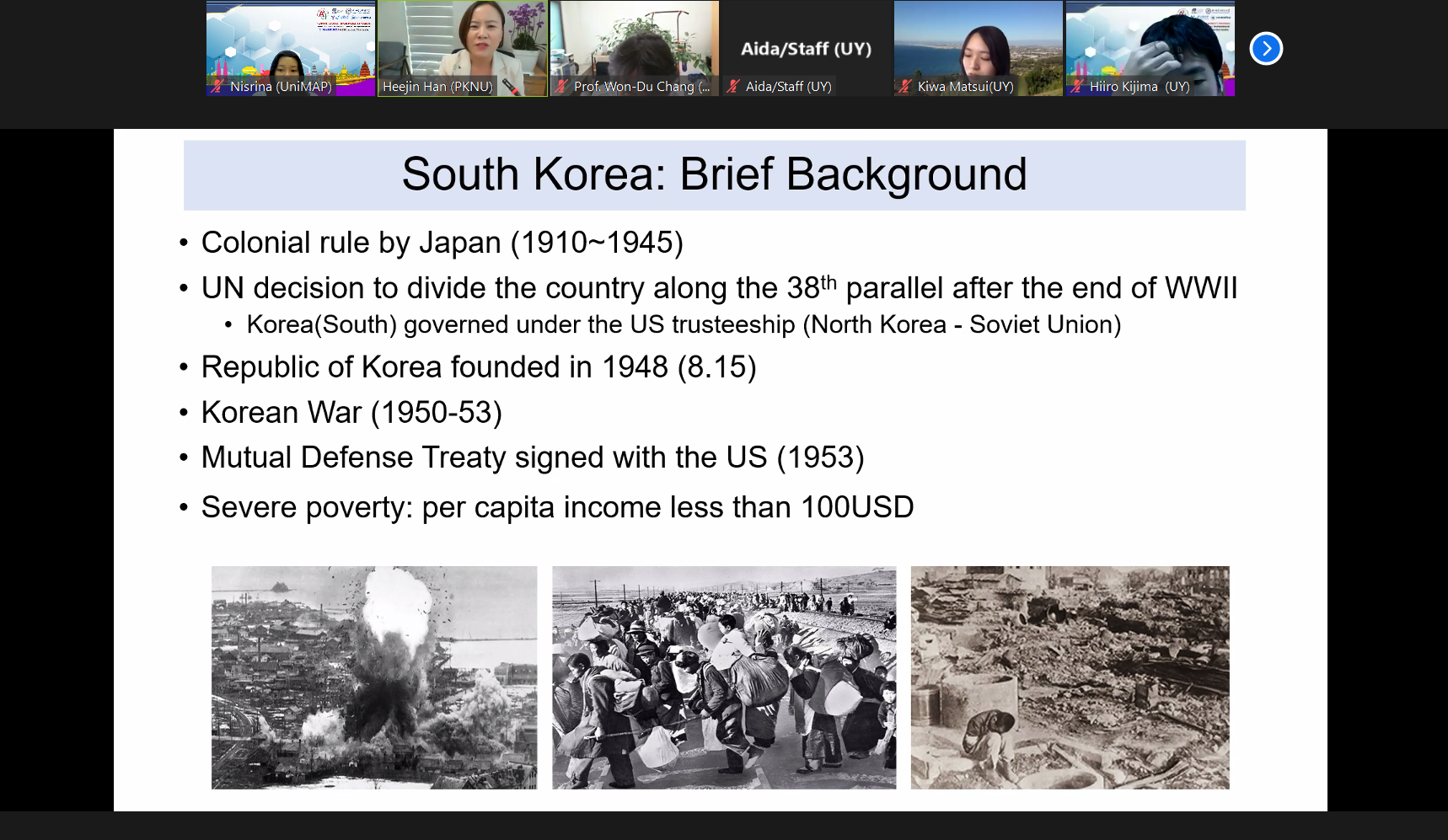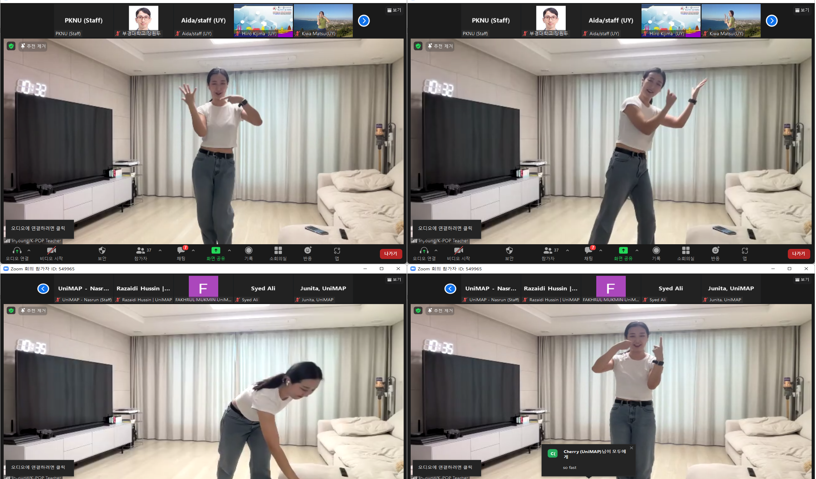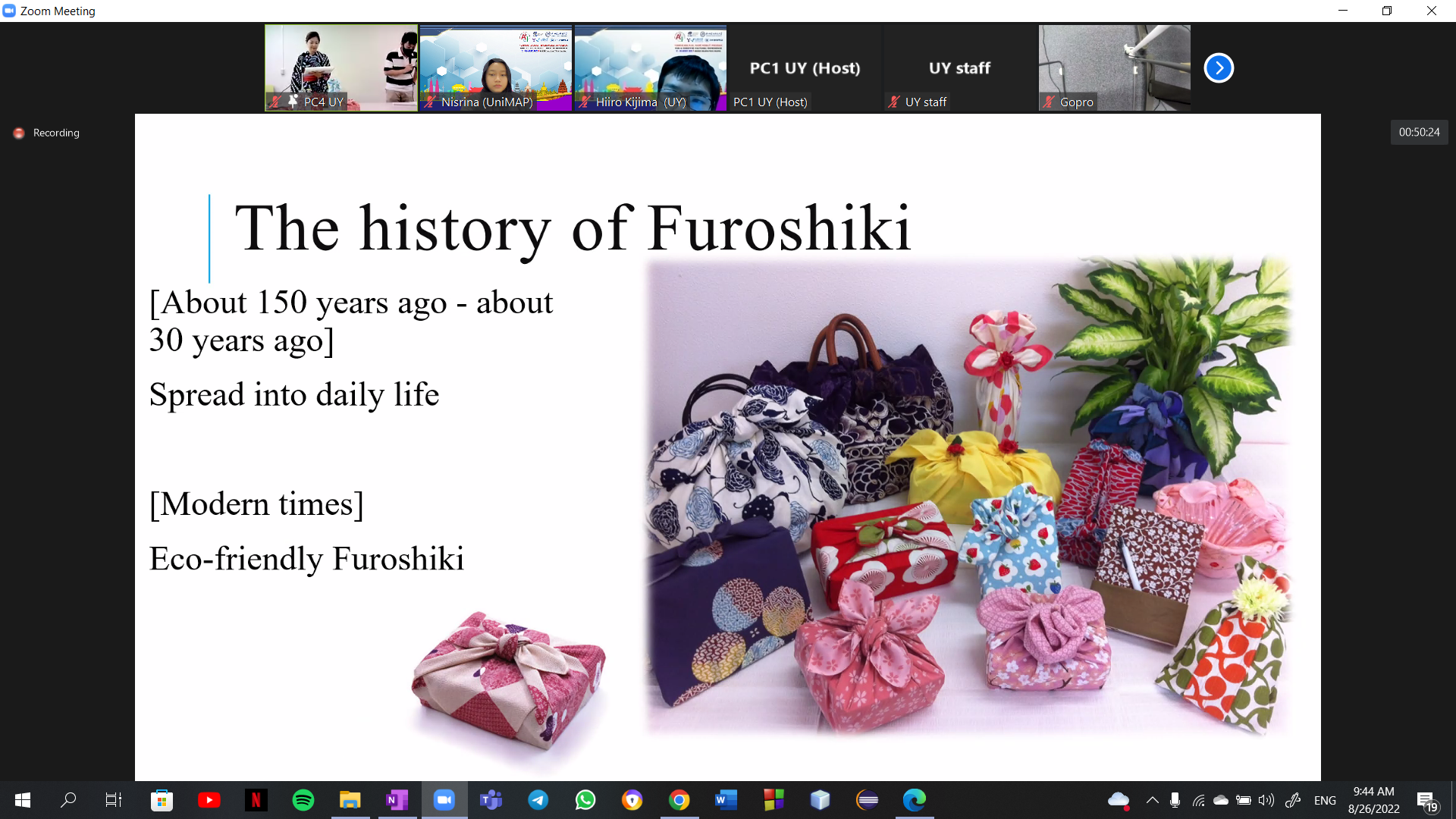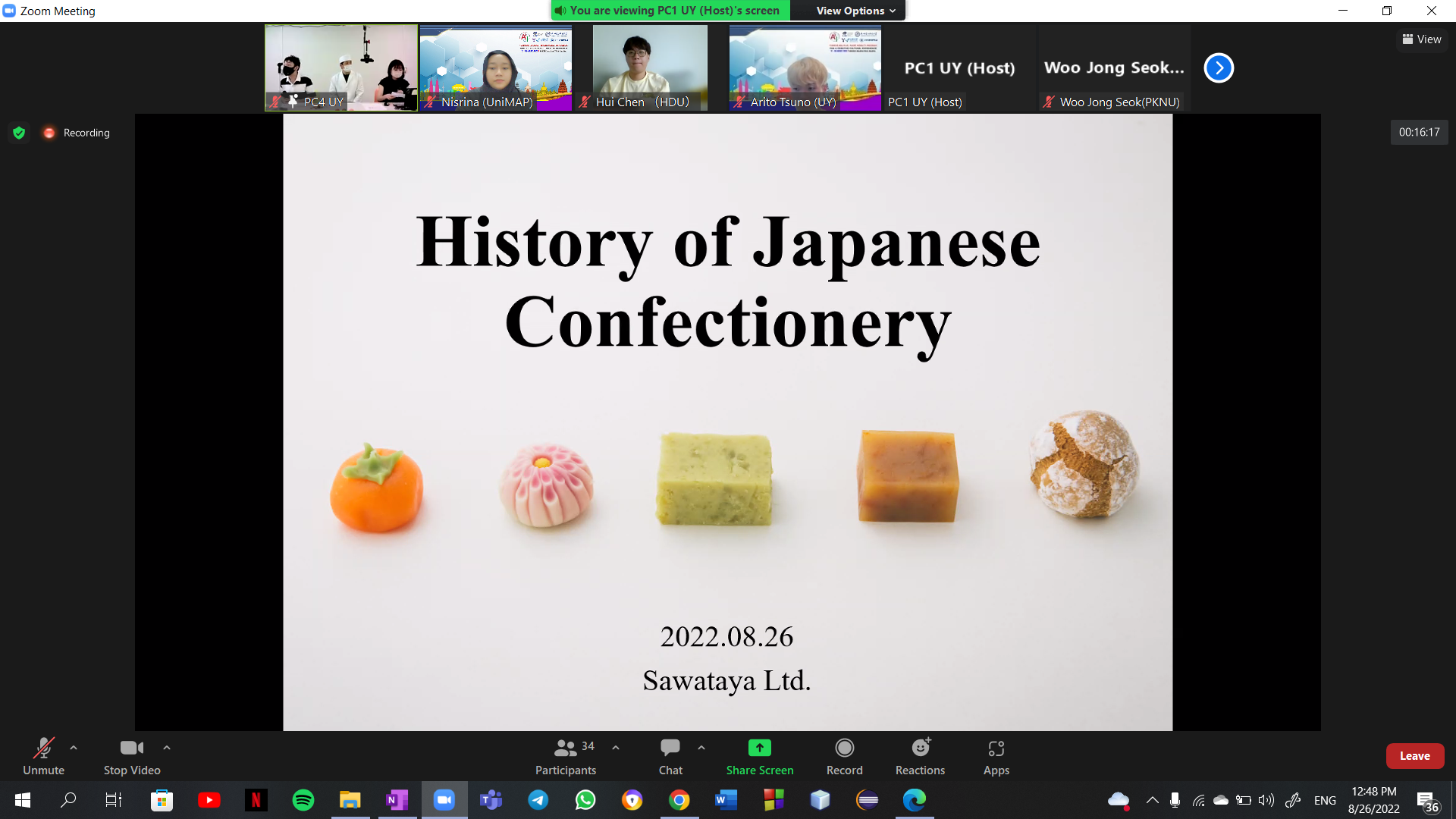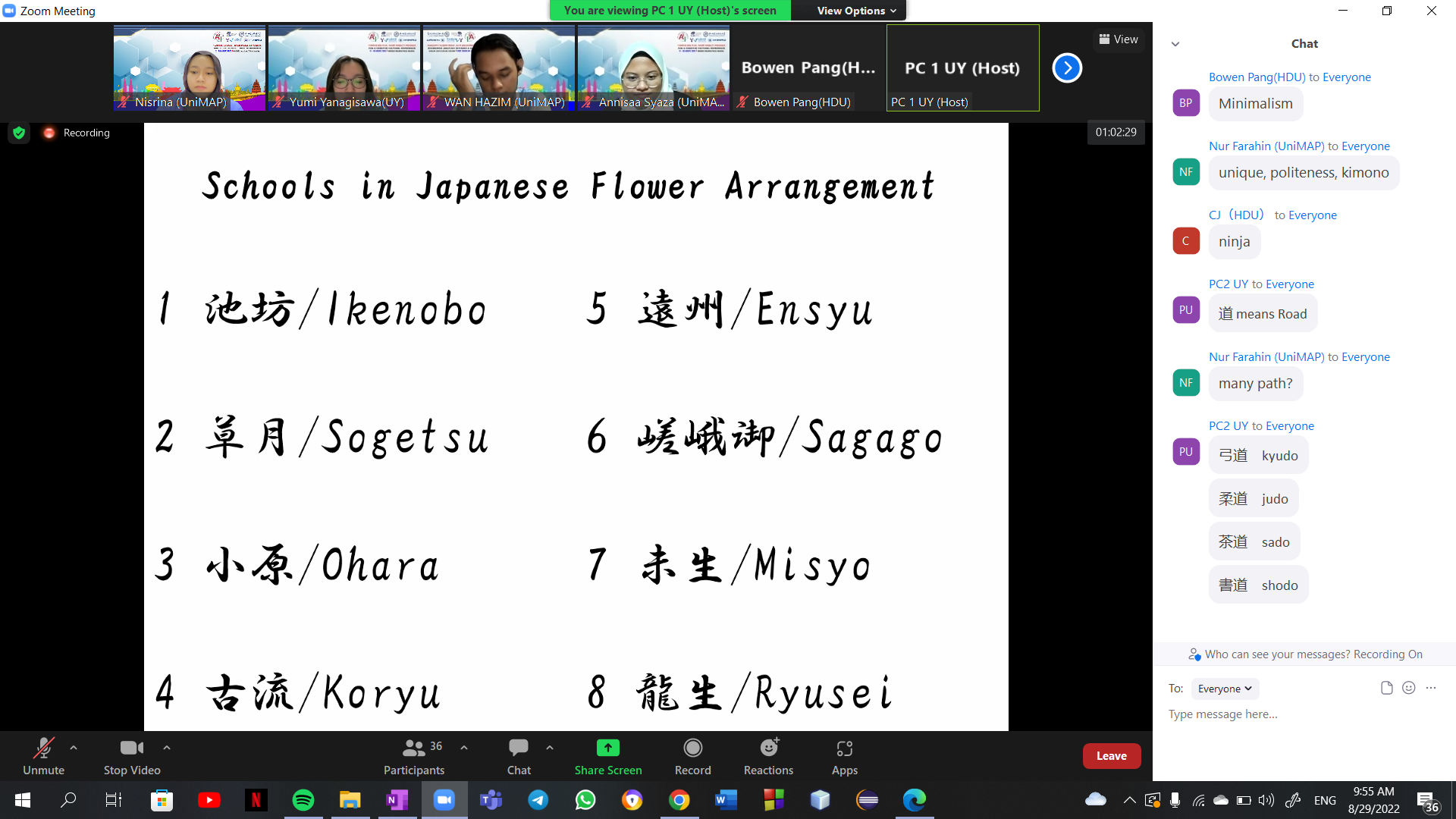The University of Yamanashi has designed our session that offers a lot of hands-on experience and interaction to keep students satisfied although it is held online.
In the first session on Furoshiki cloth, an external lecturer, Ms. Mika Awaji (5th IEMOTO of Reido Koryu), was invited to give an introduction to the history and cultural background of the Furoshiki; a traditional Japanese cloth, before challenging them to actually use and tie a Furoshiki. The University of Yamanashi sent two sizes of Furoshiki by airmail over a month earlier to other universities, and all participants received their Furoshiki and were able to hold a Furoshiki in their hands. As tying the Furoshiki is slightly complicated, we had to take great care to stream it online and set up three cameras: one fixed camera to capture the teacher's facial expression and the whole scene from the front, a second fixed camera to capture the Furoshiki from above, and a third movable camera to capture the teacher's hands. With the help of the camera tests conducted beforehand, the students on the screen were able to tie the Furoshiki so well that the teacher was impressed with their achievement.
On the campus tour that followed, participants from the University of Yamanashi each had five minutes to give a presentation on their university life. The students introduced not only their campus but also the attractions of Yamanashi Prefecture, a day in the life, hobbies, part-time jobs, sports clubs, research activities, etc. to other university students. The UY students spent their time preparing for this presentation and practicing in advance. They had received advice from Assistant Professor Takanori Aida and an English language learning advisor.
As for the students from the University of Yamanashi, it was an opportunity for them to deliver their presentations in English and for them to take another look at their local area. As for the students from other countries, it was great to get knowledge of the University of Yamanashi from local students with their views and true voices.
Sawataya, a famous Japanese sweets shop in Yamanashi with a long history, were invited to give a lecture on the history and culture of Japanese sweets and to provide a hands-on simulated experience of making sweets. The initial plan was to ship the real Japanese sweets set to each university and participants are supposed to be able to try the real one and eat it. However, we found out that it’s really hard to send food to some countries due to regulations. After a lot of discussion with the SAWATAYA staff, the solution has come out; use flour clay instead. Mr. Takatoshi Furuya, the Japanese sweets craftsman explained that the wheat clay was almost the same in sensation as the NERIKIRI that he had initially intended to offer the experience, so the students were able to have the same experience as NERIKIRI, except that they couldn’t eat it. He said that he would love for the students to come to Yamanashi and try SAWATAYA's sweets when the travel restrictions are removed.
